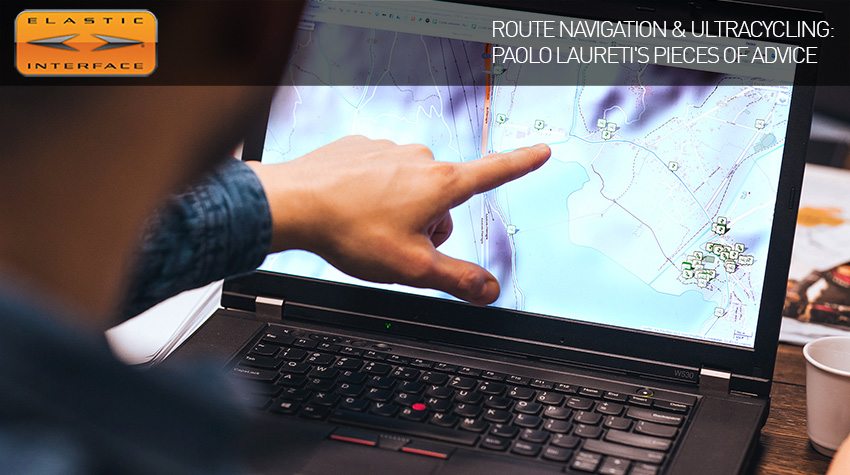
Route navigation & ultracycling: Paolo Laureti’s pieces of advice
[ssbp]One of the most intriguing aspects of participating in an ultracycling event, riding MTB trails or tackling a trip in the saddle is the ability of accurately ‘navigating’ the route.
Regardless of whether the route to follow is provided by the event organizers, or it is up to us, with only a few waypoints to pass through, it is essential that we get good knowledge about the region we are going to travel across.
That means gathering as much info as possible about roads, differences in elevation (both up and downhill), bike shops, hotels, stores and everything that might be useful en route.
For example, I always try my best to plan the night stop down in the valley; for this reason, when I am working the route out, I pay particular attention to all high points the route will go across.
Plus, going the wrong way during an ultracycling event may have critical consequences for the final result.
Therefore, in addition to the preliminary study, it is important to equip ourselves with a few devices that will help us en route; nowadays there are some apps that can be used as sat-nav instead of the GPS, but personally I only use them as backup
Sat-nav, route evaluation and experience
My suggestion is to purchase a good sat-nav: on the market there is plenty of models to choose from, including models that are useful for our offroad needs. We can then easily upload all maps we need (sometimes free ones are available too) onto these devices, together of course with the tracks to follow.
But we always need to be familiar with the route in order to figure out where we actually are, while en route, at all times. It may seem trivial, but it is worth mentioning how during Race Across Italy (as one of the organizers) I saw people that, despite a perfect track and the best devices at hand, have been able to lose their way during kilometres. Not only invalidating the results, but also causing the withdraw of their cyclist from the race.
It seems odd, but in all those events that involve an element of external support to the participant, the experience of the supporting crew becomes critical also for route management!
And before we move on, my main piece of advice is all about studying the route as much as possible to avoid getting into dangerous situations, regardless of our goal.
I assure you: ending up on one of Virginia’s interstates during the 2014 edition of Trans Am Bike Race has not been that much fun… 😉